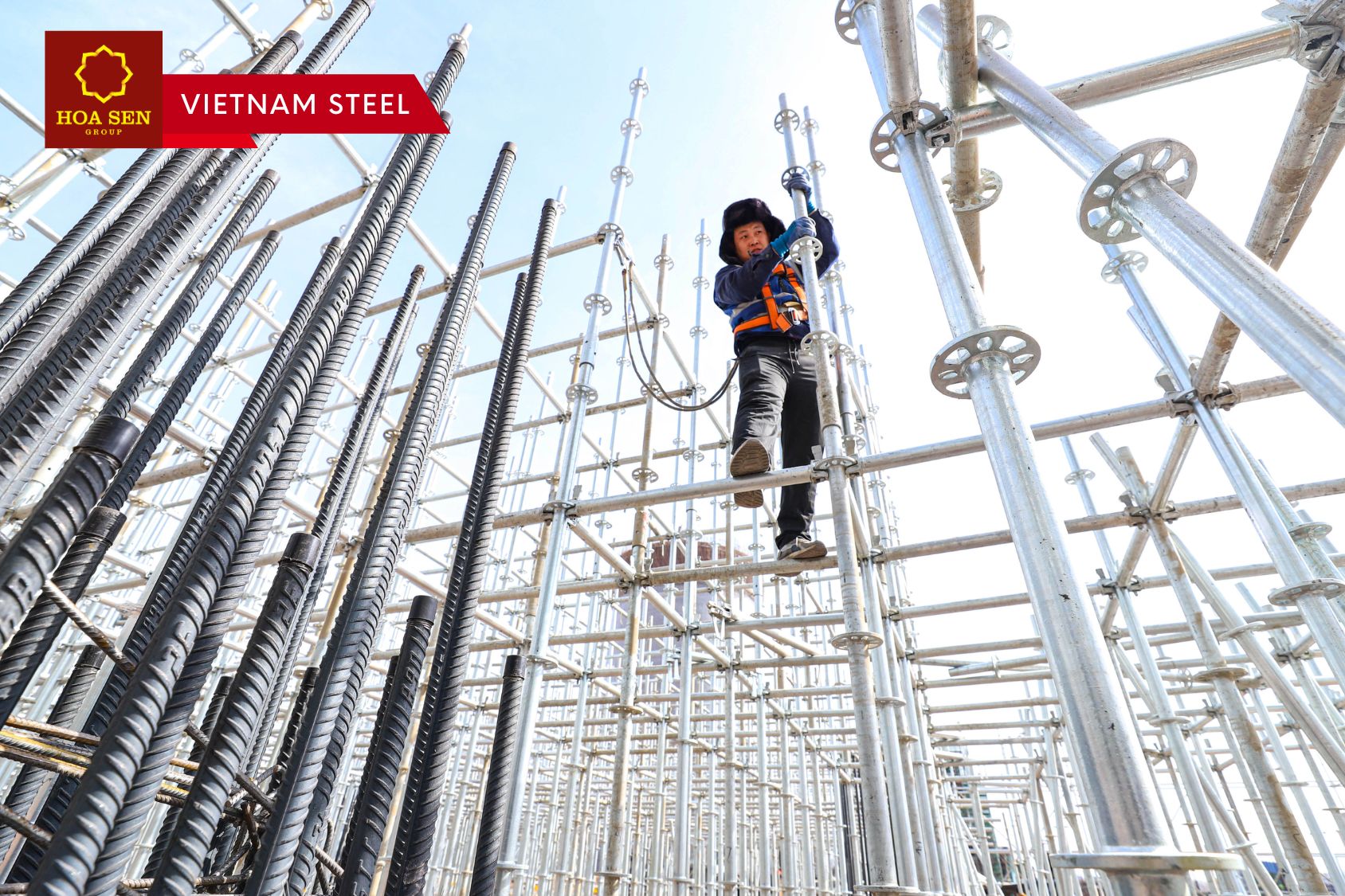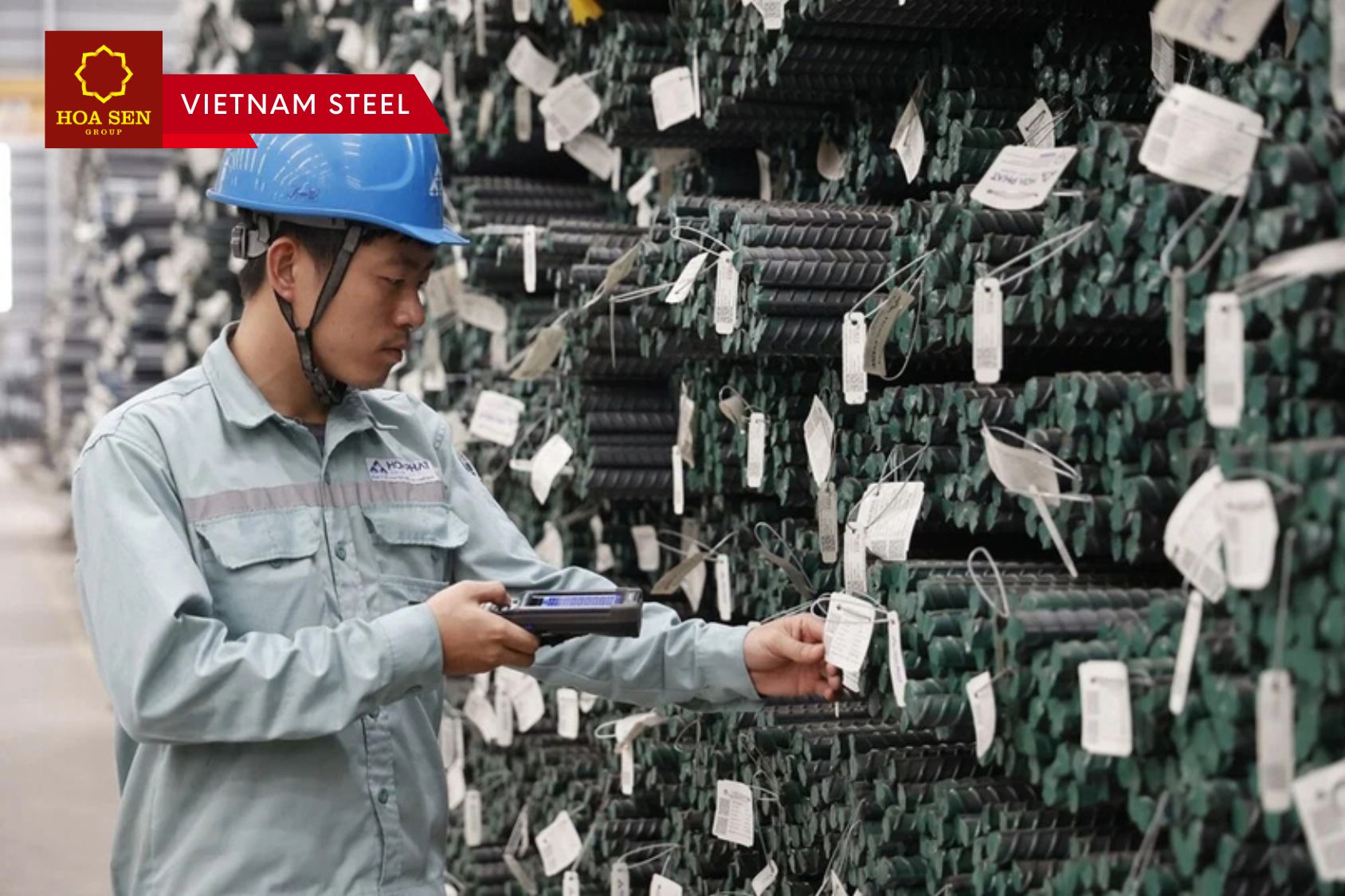An increase in Chinese exports leads to losses in local markets and, as a result, to an increase in the number of trade restrictions
The Chinese economy is gradually changing, shifting from export expansion to domestic demand. Accordingly, economic growth is slowing down, negatively affecting steel demand. The Chinese real estate market is facing a systemic crisis: new housing sales are steadily declining. Thus, in 2021, this indicator decreased by 19%, in 2022 – by 31%, in 2023 – by 26%, in 2 months. 2024 – by 28% y/y. This is a serious problem, as China’s construction sector accounts for 50-60% of the country’s steel consumption. The decline in housing construction is not offset by infrastructure projects, although it has been a significant driver of steel demand for many years.
The state of the steel dominant
According to the latest decisions of the political leadership, China’s economy has received a new vector of development – mechanical engineering. We see evidence of this in the statistics: the dynamics of industrial production in 2Q2024 2024 increased by 7.2% y/y. In fact, the dynamics of construction and industrial production in China are diverging, but the positive trend in engineering will not be able to cover the decline in construction.
China’s steel companies are trying to reduce production, but historically they have been poor at matching supply to demand. As a result, there is a surplus of steel products that are exported and put pressure on global prices. In 2023, average monthly exports of semi-finished and finished steel products from China were 36.2% higher than in 2022. Chinese producers can even afford to operate at a loss for some time, which is not possible for companies in other regions. What are the implications for other markets?
Demand for steel in the EU is stable despite high interest rates. Business expectations are improving, with the ZEW index of expectations rising for the sixth month in a row. There are signals that the ECB will start cutting interest rates as early as June, which will lead to an increase in economic activity.
However, the problem for the steel industry is that imports from the Asian region will continue to come at low prices. European steel companies cannot take advantage of the favorable market situation. On the contrary, they are forced to stop production and reorganize their businesses.
Large volumes of steel are exported not only by India but also by other countries close to China, including Japan, South Korea, Indonesia, and Vietnam. Chinese products are the first to enter the markets of these countries, causing local prices to be low. Accordingly, local producers export their products with a focus on the same price level. Moreover, Chinese companies are expanding their presence in the markets of neighboring countries, creating new steel capacities there that cannot be launched in China due to existing production restrictions.
Read more: Vietnam initiates AD probe on HDG from China and S.Korea
Vietnam Steel by Hoa Sen Group

